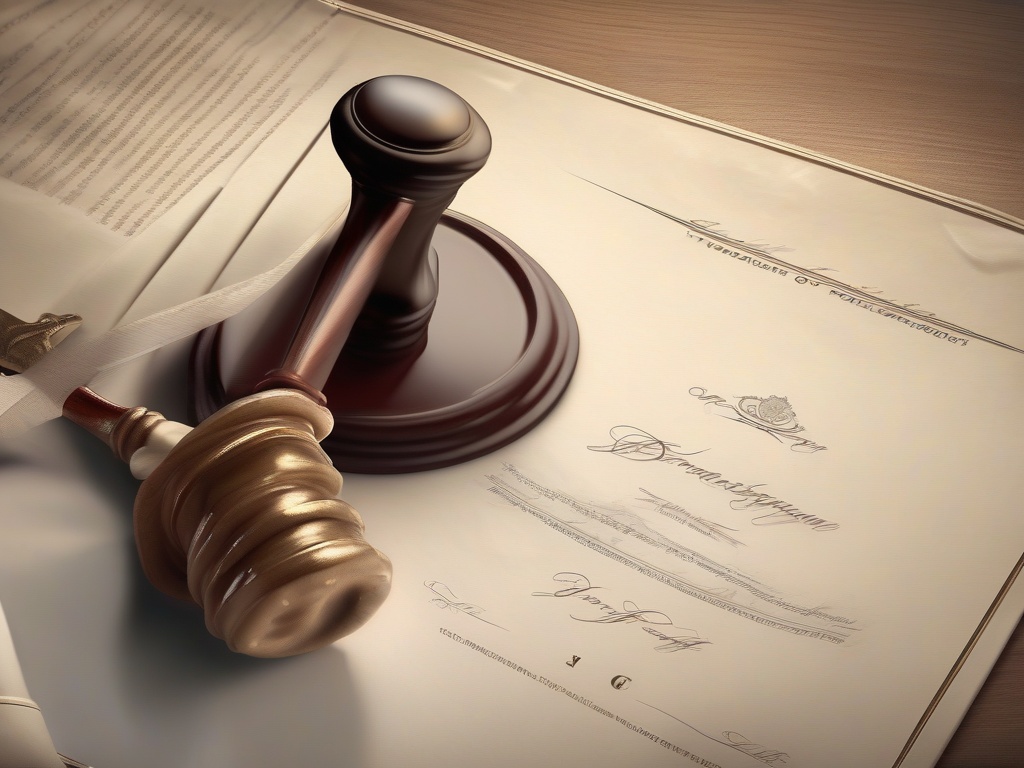Unleashing Innovation: The Power of Securing Your Intellectual Property Rights
In a world driven by innovation and creative breakthroughs, safeguarding your intellectual property (IP) is not just a legal formality—it’s a strategic necessity. Intellectual property rights (IPR) provide inventors, entrepreneurs, and creators with the exclusive ability to control and monetize their ideas, ensuring that their investments in research and development are protected from infringement and unauthorized use. By securing your IP, you unlock the true potential of your innovations, paving the way for competitive advantage and sustainable growth.
Protecting your intellectual assets allows you to establish a unique market position and prevent competitors from copying or exploiting your ideas. Unlike other business assets, such as physical equipment or raw materials, IP rights are intangible but incredibly valuable. They serve as a foundation for licensing deals, collaborations, and even attracting investment. Effective IP management transforms your creative concepts into tangible economic benefits, fueling further innovation and reinforcing your brand identity. Recognizing the importance of a comprehensive IP strategy can be the difference between fleeting success and long-term dominance in your industry.
Beyond legal protections, securing your IP fosters a culture where innovation is prioritized and encouraged. When creators and employees see that their ideas are protected and valued, it motivates continuous improvement and inventive thinking. Furthermore, a robust IP portfolio enhances your company’s reputation, attracting partners and investors who recognize the value of your protected innovations. In essence, intellectual property rights are the catalysts that unleash a wave of creativity, ensuring your ideas not only survive but thrive in the competitive global marketplace.
Guardians of Creativity: Strategies to Fortify and Enforce Your Intellectual Property Assets
In the relentless race of innovation, merely securing your intellectual property rights is not enough; active vigilance is essential to defend your assets from infringement. Vigilant monitoring involves continuously scanning the market, online platforms, and industry channels to detect unauthorized use or copying of your creations. This proactive approach allows you to identify potential threats early, preventing significant financial and reputational damage. Enforcement, on the other hand, requires a strategic response, whether through cease-and-desist notices, negotiations, or legal action, to uphold the integrity of your rights. Strong enforcement mechanisms serve as a deterrent to potential infringers, signaling that your intellectual assets are actively protected and valued.
Building robust partnerships with trusted licensees and collaborators can serve as an effective shield against infringement. Licensing agreements, when crafted with clear terms and comprehensive protections, not only generate revenue but also extend the reach of your innovations under controlled circumstances. This strategy allows you to maintain oversight while leveraging external expertise and market access. Moreover, forming alliances with legal and industry experts enhances your ability to enforce rights across borders, especially in jurisdictions with complex IP laws. These strategic collaborations act as force multipliers, helping you to defend your creations more effectively and simultaneously capitalize on new markets and opportunities.
In the fiercely competitive landscape of today’s economy, intelligent enforcement and strategic partnerships are vital to maintaining control over your intellectual property. They ensure that your creative endeavors remain an untouchable asset, fueling sustained growth and innovation that can withstand the challenges posed by infringement and imitation.
The Future of Ideas: Navigating Legal Protections in a Rapidly Evolving Intellectual Landscape
As we stand on the brink of unprecedented technological advancements and creative breakthroughs, the landscape of intellectual property (IP) protection faces a dynamic transformation. The traditional frameworks that once offered clarity and stability are now challenged by rapid innovation cycles, digital proliferation, and borderless markets. To secure your ideas effectively, understanding the evolving legal terrain becomes paramount. This new era demands not only robust legal defenses but also agility and foresight in adapting to emerging threats and opportunities.
In an age where ideas can be instantly shared, plagiarized, or manipulated across digital channels, the future of IP protection hinges on more than just registering rights—it requires a proactive, strategic approach. The convergence of artificial intelligence, blockchain, and global enforcement mechanisms is shaping a landscape where intellectual assets are more vulnerable yet more accessible than ever before. This paradox compels creators and businesses alike to rethink traditional protections and embrace innovative legal strategies that can keep pace with technological evolution.
Looking ahead, the legal frameworks governing IP are poised for significant transformation. Legislators worldwide are grappling with how to regulate emerging innovations such as AI-generated works and digital assets, which blur the lines between creator and machine. Legal protections are becoming more nuanced and adaptable, emphasizing the importance of continuous monitoring and legal agility. For instance, the rise of platform-based infringement requires new enforcement models that are swift, automated, and globally coordinated. Simultaneously, opportunities abound in leveraging new protections like digital watermarking and smart contracts to safeguard rights proactively.
As the boundaries of innovation expand, so does the need for comprehensive, forward-thinking strategies. Companies that invest in understanding and influencing future legislation, participate in international IP treaties, and adopt cutting-edge enforcement tools will be better positioned to shield their ideas in this fast-changing environment. The future of ideas depends not only on the strength of legal protections but also on the ability to evolve alongside the technological innovations that define tomorrow’s marketplace.

